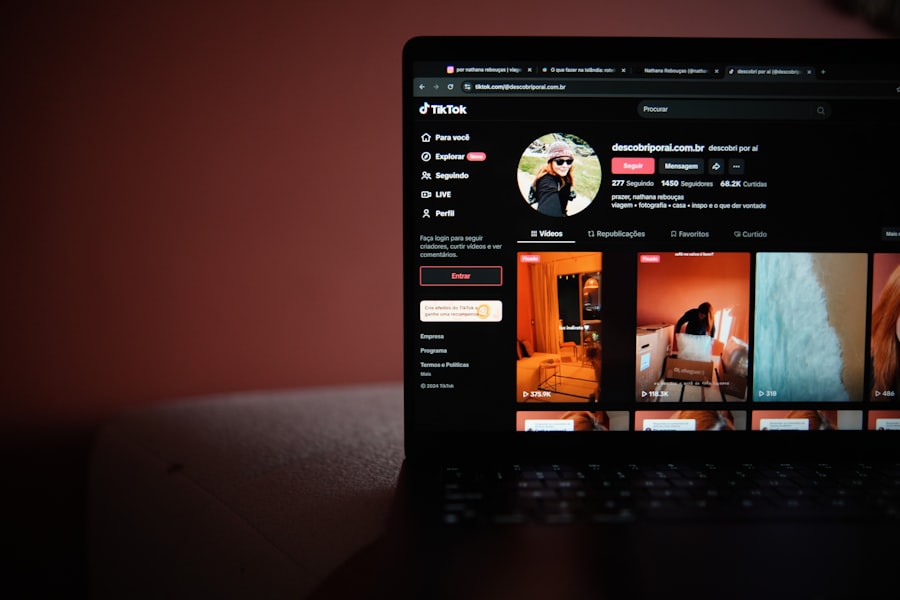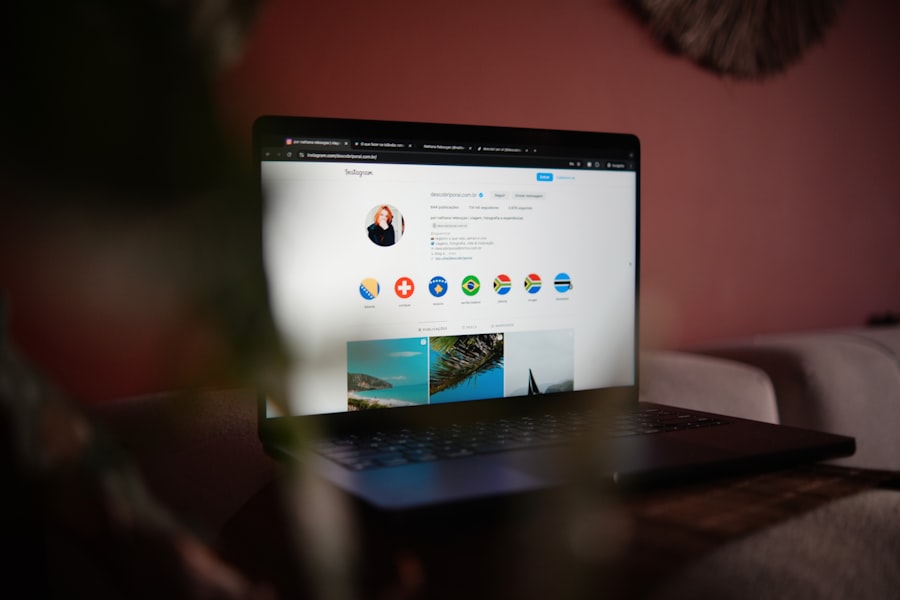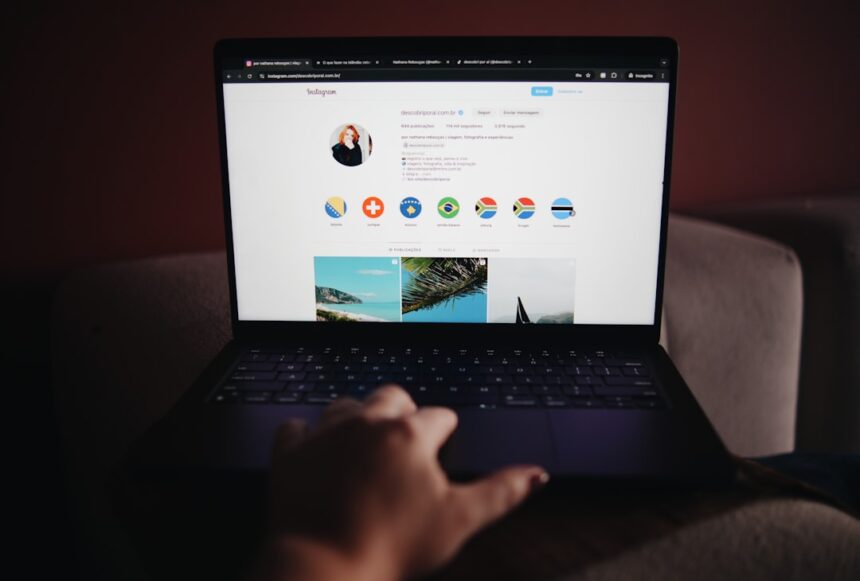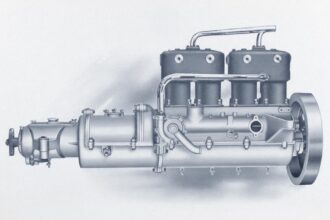Time management is an essential skill that can significantly enhance your productivity and overall quality of life. One effective technique you might consider is the Pomodoro Technique, which involves breaking your work into intervals, traditionally 25 minutes in length, separated by short breaks. This method not only helps maintain your focus but also prevents burnout by ensuring you take regular pauses to recharge.
By setting a timer, you create a sense of urgency that can motivate you to complete tasks more efficiently. You may find that this structured approach allows you to accomplish more in less time, as it encourages sustained concentration. Another valuable time management technique is the Eisenhower Matrix, which helps you prioritize tasks based on their urgency and importance.
By categorizing your tasks into four quadrants—urgent and important, important but not urgent, urgent but not important, and neither urgent nor important—you can gain clarity on what truly deserves your attention. This method empowers you to focus on high-impact activities while minimizing time spent on less critical tasks. As you implement this technique, you may discover that your decision-making process becomes more streamlined, allowing you to allocate your time more effectively.
Key Takeaways
- Use time blocking and the Pomodoro technique to manage your time effectively
- Declutter your workspace and use digital tools for better organization
- Prioritize tasks based on urgency and importance to maximize efficiency
- Keep your workspace clean and free from distractions to improve focus
- Use technology such as project management software and automation tools to enhance productivity
Organization Tips for Increased Productivity
Staying organized is crucial for maximizing your productivity.
Whether you prefer digital tools like project management software or traditional methods like bullet journals, having a single place to track your responsibilities can reduce mental clutter.
By organizing your tasks in a way that makes sense to you, you can easily access what needs to be done and avoid the stress of forgetting important deadlines.
Take the time to sort through your workspace and remove items that are unnecessary or distracting.
A clean and organized environment not only enhances your concentration but also fosters a sense of calm. You might find that by keeping only essential items within reach, you create a more inviting atmosphere that encourages productivity and creativity.
Prioritizing Tasks for Maximum Efficiency

To achieve maximum efficiency in your daily activities, prioritizing tasks is key. One effective method is the ABCD prioritization technique, where you categorize tasks as A (most important), B (important), C (less important), or D (delegate or eliminate). By clearly defining the significance of each task, you can focus on what truly matters and allocate your time accordingly.
This approach helps you avoid the trap of spending too much time on low-priority activities that do not contribute to your goals. Moreover, consider using the “two-minute rule” for small tasks that can be completed quickly. If a task takes less than two minutes to finish, do it immediately rather than putting it off.
This simple rule can help prevent small tasks from piling up and overwhelming you later. By integrating these prioritization techniques into your routine, you can enhance your efficiency and ensure that your efforts align with your most important objectives.
Streamlining Your Workspace for Better Focus
| Workspace Element | Impact on Focus |
|---|---|
| Clutter-free desk | Reduces distractions and promotes clear thinking |
| Organized files and documents | Improves efficiency and saves time searching for information |
| Proper lighting | Enhances alertness and reduces eye strain |
| Comfortable chair and desk setup | Reduces physical discomfort and promotes better posture |
| Minimalist decor | Creates a calming environment and reduces visual distractions |
Creating a workspace that promotes focus is essential for enhancing productivity. Start by assessing your current setup and identifying any distractions that may hinder your concentration. Consider factors such as lighting, noise levels, and the arrangement of your desk.
You might find that a well-lit area with minimal noise can significantly improve your ability to concentrate on tasks. Additionally, personalizing your workspace with items that inspire you can create a positive atmosphere conducive to productivity. Another effective strategy is to implement the “one-touch” rule for handling paperwork and digital files.
This means that when you receive a document or email, you should decide immediately whether to act on it, delegate it, or discard it. By minimizing the number of times you handle each item, you can streamline your workflow and reduce the clutter in both your physical and digital spaces. As you adopt these practices, you’ll likely notice an increase in your ability to focus and complete tasks efficiently.
Utilizing Technology to Enhance Productivity
In today’s digital age, technology offers numerous tools designed to enhance productivity. Project management software like Trello or Asana can help you organize tasks, set deadlines, and collaborate with team members seamlessly. By leveraging these platforms, you can keep track of progress and ensure that everyone is aligned on project goals.
You may find that using technology not only simplifies task management but also fosters better communication within teams. Additionally, consider utilizing time-tracking apps to monitor how you spend your time throughout the day. These tools can provide valuable insights into your work habits and help identify areas where you may be wasting time.
By analyzing this data, you can make informed adjustments to your schedule and optimize your productivity. Embracing technology in these ways can empower you to work smarter, not harder.
Strategies for Minimizing Distractions

Distractions are one of the biggest obstacles to productivity, but there are several strategies you can employ to minimize them effectively. One approach is to establish clear boundaries during work hours. Communicate with those around you about your need for focused time and set specific hours when you’ll be unavailable for interruptions.
This simple step can create an environment where you’re less likely to be distracted by conversations or other activities happening nearby. Another effective strategy is to limit digital distractions by turning off non-essential notifications on your devices. Social media alerts, email pings, and app notifications can easily divert your attention away from important tasks.
Consider using tools like website blockers during work hours to prevent access to distracting sites. By taking control of your digital environment, you’ll find it easier to maintain focus and stay on track with your work.
Effective Goal Setting for Improved Productivity
Setting clear and achievable goals is fundamental for improving productivity. One popular method is the SMART criteria—ensuring that goals are Specific, Measurable, Achievable, Relevant, and Time-bound. By following this framework, you can create goals that provide clarity and direction in your work.
For instance, instead of setting a vague goal like “improve sales,” aim for “increase sales by 20% within the next quarter.” This specificity allows you to track progress and stay motivated as you work toward achieving your objectives. Additionally, consider breaking larger goals into smaller milestones or tasks. This approach not only makes daunting projects feel more manageable but also provides opportunities for celebrating small wins along the way.
As you achieve these milestones, you’ll build momentum and motivation to continue working toward your larger goals. Effective goal setting can transform your productivity by providing a clear roadmap for success.
Mindfulness and Stress Reduction Techniques
Incorporating mindfulness practices into your daily routine can significantly enhance your productivity by reducing stress and improving focus. Techniques such as meditation or deep breathing exercises allow you to center yourself and cultivate a sense of calm amidst a busy schedule. Taking just a few minutes each day to practice mindfulness can help clear mental clutter and improve your ability to concentrate on tasks at hand.
Moreover, consider integrating mindfulness into your workday by taking short breaks to check in with yourself. During these moments, pause to assess how you’re feeling physically and mentally. This self-awareness can help you identify when you’re becoming overwhelmed or distracted, allowing you to take proactive steps to refocus or recharge as needed.
By prioritizing mindfulness, you’ll likely find that you’re better equipped to handle challenges and maintain productivity throughout the day.
Delegating and Outsourcing for Time Management
Learning to delegate tasks effectively is a crucial aspect of time management that can free up valuable hours in your day. Assess your workload and identify tasks that others could handle just as well—or even better—than you could. By entrusting these responsibilities to capable team members or outsourcing them when necessary, you can focus on higher-priority activities that require your unique skills and expertise.
Outsourcing certain tasks can also be an effective way to manage time more efficiently. Whether it’s hiring a virtual assistant for administrative duties or utilizing freelance services for specialized projects, outsourcing allows you to leverage external resources while maintaining focus on core responsibilities. As you embrace delegation and outsourcing, you’ll likely find that you’re able to accomplish more while reducing stress associated with overwhelming workloads.
Incorporating Regular Breaks for Increased Productivity
Taking regular breaks throughout the day is essential for maintaining high levels of productivity over time. Research has shown that short breaks can enhance focus and creativity while preventing burnout from prolonged periods of work. Consider implementing techniques like the Pomodoro Technique mentioned earlier—working in focused bursts followed by brief breaks—to optimize your workflow.
During these breaks, engage in activities that help refresh your mind and body. Whether it’s stretching, going for a short walk, or practicing mindfulness exercises, taking time away from screens can rejuvenate your energy levels and improve overall well-being. By prioritizing breaks as part of your routine, you’ll likely notice an increase in both productivity and job satisfaction.
Creating a Routine for Consistent Productivity
Establishing a consistent daily routine is one of the most effective ways to enhance productivity over the long term. A well-structured routine provides a framework for managing time effectively while reducing decision fatigue associated with planning each day from scratch. Start by identifying key activities that align with your goals and incorporate them into a daily schedule.
As you develop this routine, be sure to include time for both work-related tasks and self-care activities such as exercise or relaxation techniques. Consistency is key; over time, you’ll find that adhering to a routine helps reinforce positive habits while creating a sense of stability in your life. By committing to a structured daily routine, you’ll cultivate an environment where productivity thrives naturally.
In conclusion, mastering time management techniques, organization tips, prioritization strategies, workspace optimization, technology utilization, distraction minimization strategies, effective goal setting practices, mindfulness techniques, delegation methods, break incorporation strategies, and routine creation will empower you to enhance productivity significantly in both personal and professional realms. Embrace these practices as part of your daily life; over time, you’ll likely experience profound improvements in how efficiently you manage your time and achieve your goals.
If you’re looking to boost your efficiency and streamline your daily tasks, you might find the article on Productivity Hacks particularly insightful. For more tips and strategies on enhancing your productivity, check out this related article on Productive Patty. This resource offers a wealth of information on time management, goal setting, and other techniques to help you make the most of your day.
FAQs
What are productivity hacks?
Productivity hacks are strategies, techniques, or tips that individuals use to improve their efficiency and output in their personal or professional lives.
Why are productivity hacks important?
Productivity hacks are important because they help individuals manage their time, energy, and resources more effectively, leading to increased productivity and better work-life balance.
What are some common productivity hacks?
Common productivity hacks include time blocking, prioritizing tasks, setting specific goals, minimizing distractions, taking regular breaks, and using productivity tools and apps.
How can productivity hacks benefit individuals?
Productivity hacks can benefit individuals by helping them accomplish more in less time, reducing stress and overwhelm, and improving overall performance and satisfaction in their personal and professional lives.
Are productivity hacks suitable for everyone?
Productivity hacks can be beneficial for most individuals, but the effectiveness of specific hacks may vary depending on personal preferences, work styles, and individual circumstances. It’s important to experiment and find the productivity hacks that work best for each individual.




